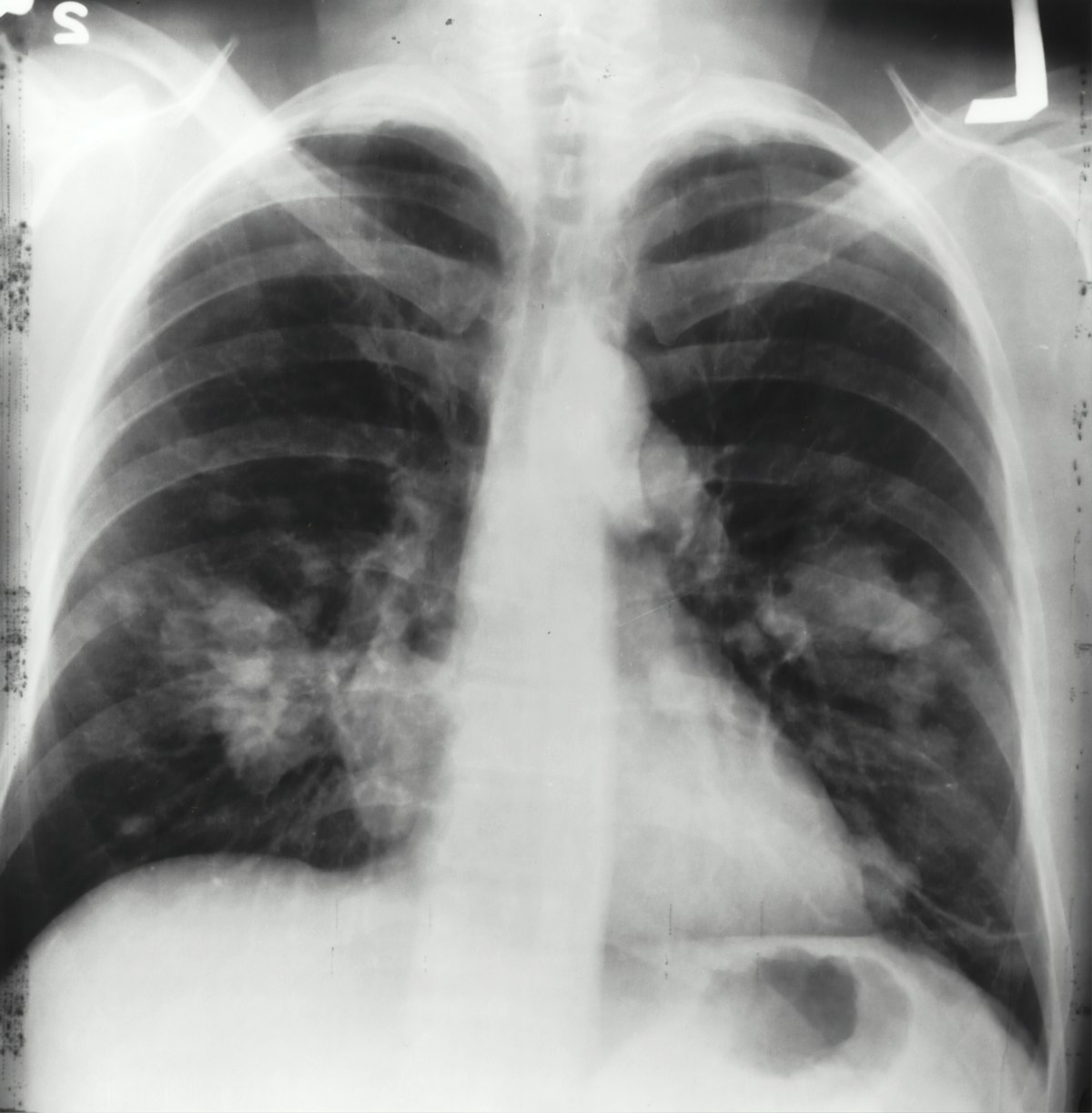
Lung cancer is a deadly disease that claims millions of lives every year. It is important for everyone to understand the symptoms and risk factors associated with this condition in order to help prevent and detect it early. In this article, we will provide a comprehensive overview of the symptoms and risk factors of lung cancer, as well as provide some information on how to reduce your risk of developing this deadly disease.
Symptoms of Lung Cancer
Lung cancer does not usually show any symptoms in its early stages, which makes it difficult to detect. As the disease progresses, however, certain symptoms may present themselves. These can include:
– A persistent cough that doesn’t go away
– Chest pain that worsens with deep breathing, coughing, or laughing
– Hoarseness
– Weight loss and loss of appetite
– Shortness of breath
– Feeling weak and tired
– Frequent lung infections such as bronchitis or pneumonia
It is important to note that these symptoms can be caused by other conditions, so it’s important to see a doctor for a proper diagnosis if you experience any of these symptoms.
Risk Factors of Lung Cancer
There are several risk factors associated with lung cancer, some of which can be controlled and others that cannot. Understanding these risk factors can help you make lifestyle changes to reduce your risk.
Smoking: The number one risk factor for lung cancer is smoking. Smokers are at a significantly higher risk of developing lung cancer than non-smokers. Secondhand smoke can also increase the risk of lung cancer in non-smokers.
Radon Gas: Radon is a colorless, odorless gas that is produced by the natural breakdown of uranium in soil, rock, and water. Inhaling radon gas can damage the cells in your lungs and increase your risk of lung cancer.
Exposure to Asbestos: Asbestos is a group of minerals that are resistant to heat and corrosion. People who work in industries such as construction, mining, and shipbuilding are at a higher risk of exposure to asbestos, which can increase their risk of developing lung cancer.
Other Risk Factors: Other risk factors for lung cancer include exposure to other harmful substances such as arsenic, beryllium, cadmium, silica, and diesel exhaust, as well as a family history of lung cancer.
Reducing Your Risk
There are several steps you can take to reduce your risk of developing lung cancer. The most important step is to quit smoking if you are a smoker. It’s never too late to quit, and doing so can greatly reduce your risk of developing lung cancer, as well as other health conditions such as heart disease and respiratory illnesses.
In addition to quitting smoking, you can also reduce your risk of lung cancer by testing your home for radon and taking steps to reduce your exposure if levels are high. If you work in an industry that exposes you to asbestos or other harmful substances, be sure to take proper precautions such as wearing protective equipment and following safety guidelines.
It’s also important to maintain a healthy lifestyle by eating a balanced diet, getting regular exercise, and getting regular check-ups with your healthcare provider. These healthy habits can help strengthen your immune system and reduce your risk of developing cancer.
Early Detection is Key
Early detection is crucial for treating and surviving lung cancer. If you are at a higher risk due to smoking, family history, or occupational exposure, it’s important to get regular screenings for lung cancer. The most common screening test for lung cancer is a low-dose CT scan, which can help detect lung cancer at an early stage when it is more treatable.
If you experience any symptoms such as a persistent cough, chest pain, or shortness of breath, it’s important to see a doctor as soon as possible. While these symptoms could be caused by other conditions, it’s better to be safe and get a proper diagnosis.
In conclusion, understanding the symptoms and risk factors of lung cancer is crucial for preventing and detecting this deadly disease. By taking steps to reduce your risk, such as quitting smoking, testing your home for radon, and getting regular check-ups, you can help protect yourself from developing lung cancer. If you experience any symptoms or are at a higher risk, be sure to see a doctor for proper diagnosis and treatment. Early detection is key to surviving lung cancer, so be proactive about your health and take steps to reduce your risk.












